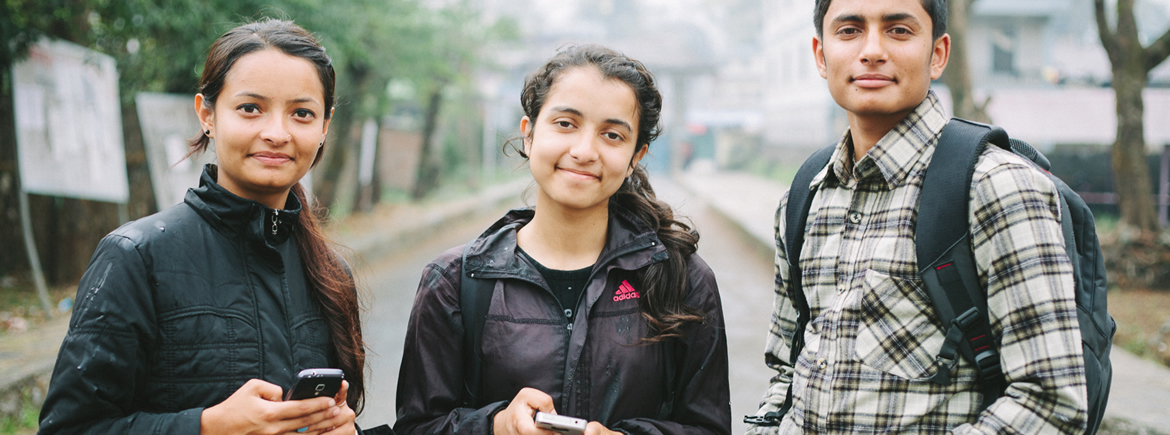

 Definition:
Definition:
Citizen Science Day kicks off on April 14 and runs through May 20, 2017. Hundreds of events will be held throughout the country, and you can find them here.
Cities across the country are competing to document their urban nature in the City Nature Challenge 2017. The Natural History Museum of Utah is leading a City Nature Challenge team for the Wasatch Front. Join NHMU on a citizen science quest to record our rich biodiversity!
Science is our most reliable system of gaining new knowledge and citizen science is the public involvement in inquiry and discovery of new scientific knowledge. A citizen science project can involve one person or millions of people collaborating towards a common goal. Typically, public involvement is in data collection, analysis, or reporting.
The CSA is a collaboration of scientists, software developers and educators who collectively develop, manage and utilize internet-based citizen science projects in order to further science itself, and the public understanding of both science and of the scientific process. These projects use the time, abilities and energies of a distributed community of citizen scientists who are our collaborators. Scientific
SENSR is a tool to create, share and manage a citizen science project running on mobile devices to harness the power of citizen scientists.
The conservation community relies heavily on volunteers to not only restore natural areas, but to help gauge the success of our restoration efforts. Volunteers team up with experienced stewards and scientists to monitor the recovery of native habitats, or to record data on rare species of wildflowers, butterflies and other wildlife.
A Public Television series about Citizen Science, Crowdsourcing and Mobile Tech.
Every observation can contribute to biodiversity science, from the rarest butterfly to the most common backyard weed. We share your findings with scientific data repositories like the Global Biodiversity Information Facility to help scientists find and use your data. All you have to do is observe.
Help the Natural History Museum of Utah track the dispersal of the firebug population that appeared in Salt Lake City in approximately 2008 using the free iNaturalist app. The firebug, or Pyrrocohoris apterus, is native to Europe. The only documented North American population is in Salt Lake City, Utah. Take photos with your mobile device, upload them to iNaturalist, and help scientists understand how this species is spreading.
UWW is a citizen water quality monitoring program managed by USU Water Quality Extension. Our goal is to educate citizens about water quality while providing baseline data for management. Data collected by volunteers is entered into a publicly available database. It is a great activity to involve students and clubs and may be used alongside the Stream Side Science curriculum.
iUTAH’s external engagement programs advance our goals of promoting a diverse, well-prepared STEM workforce and a scientifically literate public regarding water issues in Utah.
These signs are used by UWW for outreach on citizen science, and collecting/displaying citizen science-collected stream data.
Join the Natural History Museum of Utah and Salt Lake City in recording the wildlife in our neighborhoods. SLC Neighborhood Naturalist engages citizen science volunteers—like you—in finding and identifying the wild plants and animals living in three open spaces managed by Salt Lake City. City staff will use the data we gather to help guide their management and restoration efforts. All program activities are provided in Spanish and English.